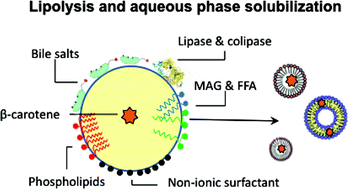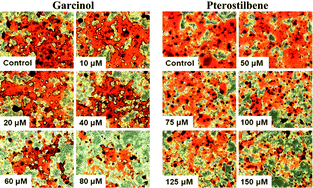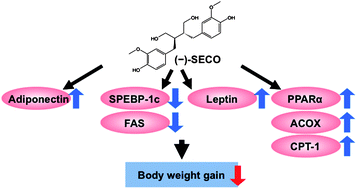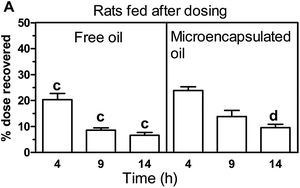Scientists from Massey University, New Zealand, have investigated the physicochemical and microstructural changes of sodium caseinate-stabilized emulsions during lipid digestion in simulated gastric fluid (SGF) containing pepsin.
During passage through the gastrointestinal tract a food product passes through many different and complex environments from the mouth to the stomach and then to the intestine. During this journey food will be exposed to widely different pHs, enzymes electrolytes and mechanical environments. Model systems are thus used to understand such complex conditions because they allow the digestion behaviour and the interactions of individual physiological components of an emulsion to be investigated separately.
The milk protein casein is known to be easily hydrolysed because of its relatively open flexible structure and during digestion it may be hydrolysed by pepsin, which in turn may lead to changes under gastric conditions in the physicochemical properties of the emulsions. The emulsions can also undergo further change when they enter the small intestine.
In this study, the average size, size distribution, microstructure, proteolysis of interfacial proteins and lipolysis of the emulsion droplets were monitored as a function of digestion time. It was found that digestion in SGF accelerated the coalescence of emulsion droplets during simulated intestinal digestion. However, the changes in the size and the microstructure of the emulsions under gastric conditions did not appear to influence the rate and the extent of lipid digestion in the subsequent intestinal environment.
To read the full article, click the link below. Free until 15th February:
Influence of gastric digestive reaction on subsequent in vitrointestinal digestion of sodium caseinate-stabilized emulsions, Jessie Li, Aiqian Ye, Sung Je Lee and Harjinder Singh, Food Funct., 2012, DOI: 10.1039/c2fo10242k
Also of interest and free to access:
Review of in vitro digestion models for rapid screening of emulsion-based systems
David Julian McClements and Yan Li, Food Funct., 2010, 1, 32-59, DOI: 10.1039/C0FO00111B


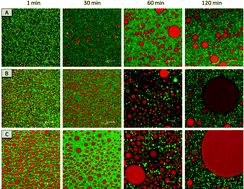









 Joe Vinson and Yuxing Cai have tested the hypothesis that the mystery bioactive compounds are polyphenols. This hypothesis is supported by a body of work showing nuts have antioxidant capacity.
Joe Vinson and Yuxing Cai have tested the hypothesis that the mystery bioactive compounds are polyphenols. This hypothesis is supported by a body of work showing nuts have antioxidant capacity.